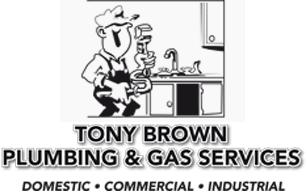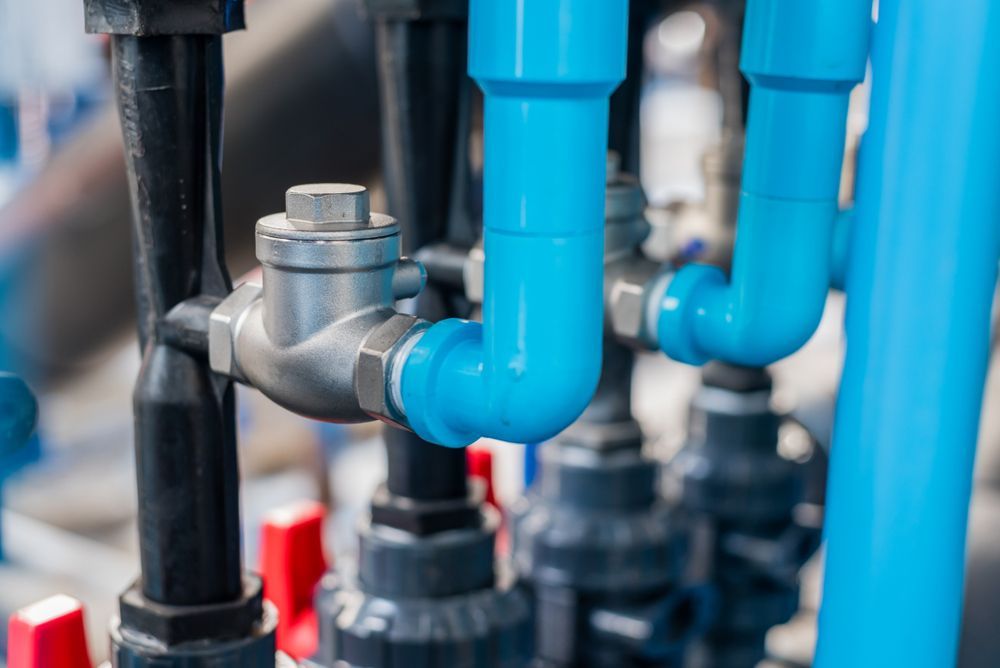Blog > Backflow Device Maintenance Tips And Best Practices
Backflow Device Maintenance Tips And Best Practices
Tony Brown Plumbing & Gas Services • June 10, 2024
Water quality and safety in our homes and businesses are paramount, yet they are often taken for granted. However, the potential threat of contaminated water infiltrating our clean water supply—a phenomenon known as backflow—can pose serious health risks. Understanding the risks, causes and prevention strategies for backflow is crucial for maintaining a safe environment. This post delves into essential backflow device maintenance tips, ensuring your water systems function flawlessly and safeguard your health.
Understanding Backflow Risks and Causes
Backflow occurs when the normal direction of water flow reverses due to changes in pressure, leading to potential contamination of clean water supplies with hazardous substances. Here's why preventing backflow is critical:
- Health Risks: Contaminants such as chemicals, gases and bacteria can enter the drinking water system and pose severe health risks.
- Property Damage: Backflow incidents can cause significant water damage, impact structural integrity and lead to costly repairs.
- Regulatory Compliance: Adhering to local water safety regulations requires proper backflow prevention measures to be in place and functioning correctly.
Common risks and causes include:
- Decreased pressure in the main water line (back-siphonage)
- Increased pressure downstream (back-pressure)
- Faulty or missing backflow prevention devices
- Irregular maintenance or improper installation
Choosing the Right Backflow Prevention Device
Selecting the appropriate backflow prevention device is essential for ensuring the safety of your water supply. Types of devices vary based on the level of hazard and the specific needs of a property.
Consulting with a professional plumber is crucial. They can assess your premises and recommend a device that suits your particular requirements, such as a reduced pressure zone device for high-hazard situations or a double-check valve for low-hazard applications.
Regular Maintenance Schedules for Optimal Performance
Ensuring your backflow prevention device operates effectively requires regular maintenance. Consider a scenario where a neglected device fails, causing a backflow incident that contaminates your home's water supply—certainly a situation to avoid.
Key maintenance steps include:
- Routine inspections and testing by a licensed plumber to ensure functionality
- Immediate repairs or replacements if any wear or damage is detected
- Keeping a maintenance log to track the device’s condition and servicing history
Immediate Steps to Take if Backflow Occurs
Should you suspect a backflow incident, immediate action is essential to mitigate risks:
- Cease using your water supply to prevent exposure to contaminants.
- Notify a licensed plumber immediately to assess and rectify the issue.
- Follow the plumber’s guidance on flushing your system once the backflow issue is resolved to ensure safety.
Get Professional Backflow Prevention Services—Book Now
Backflow can introduce harmful contaminants into your water, posing serious health and property risks. Following backflow device maintenance best practices can help you safeguard the integrity of your water supply.
If you're unsure about the condition of your backflow prevention device or it's time for a routine check-up, don't hesitate to reach out to us. At Tony Brown Plumbing & Gas Services, we ensure your water systems are safe and compliant. Let us help you maintain peace of mind with reliable backflow prevention services. Contact us today!







